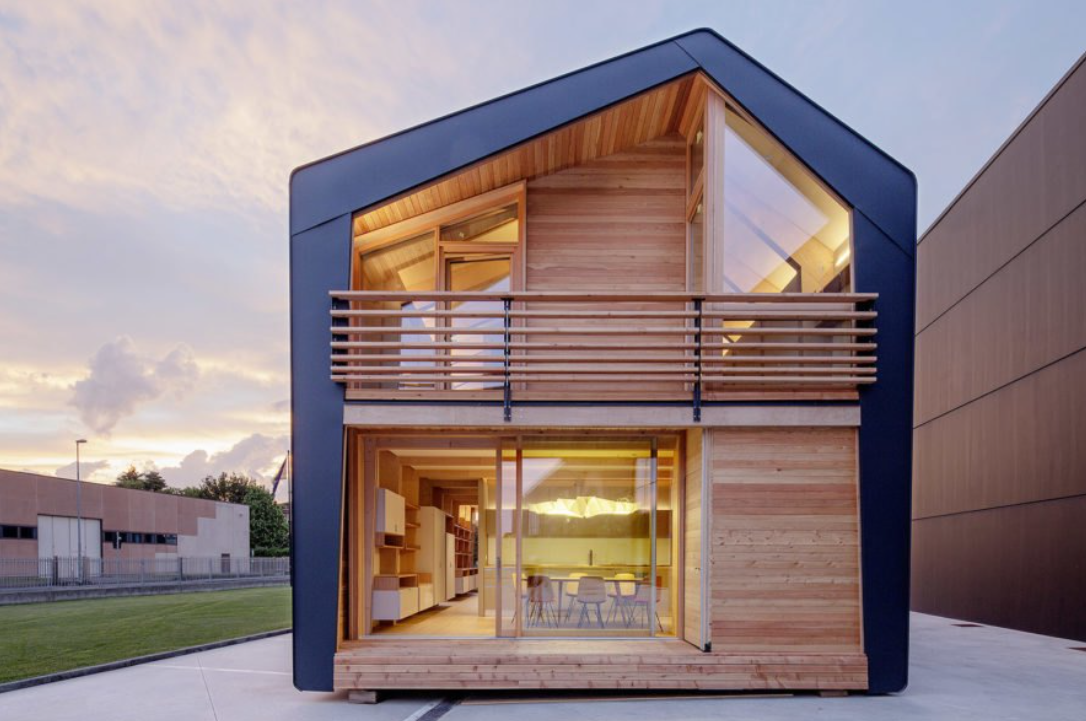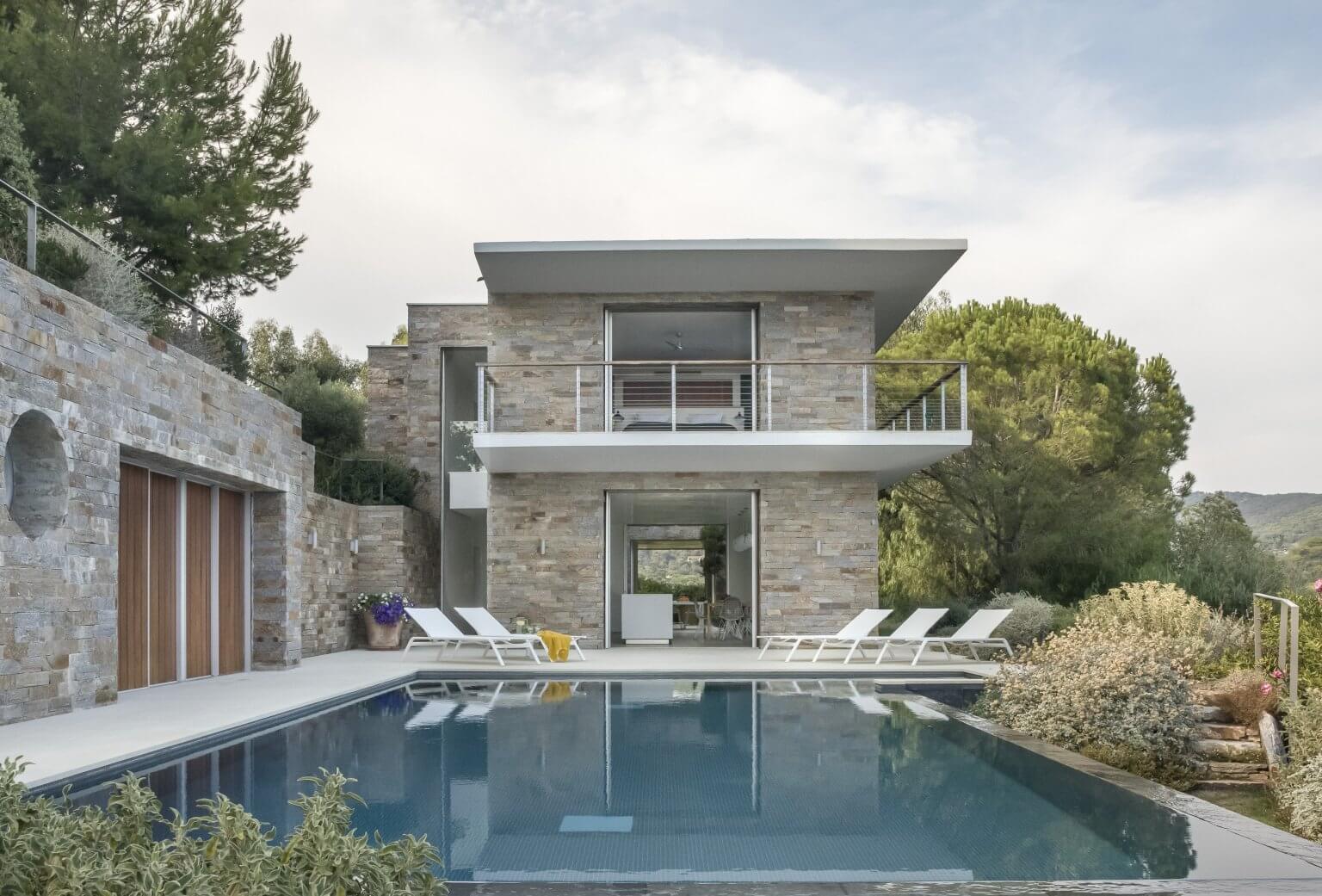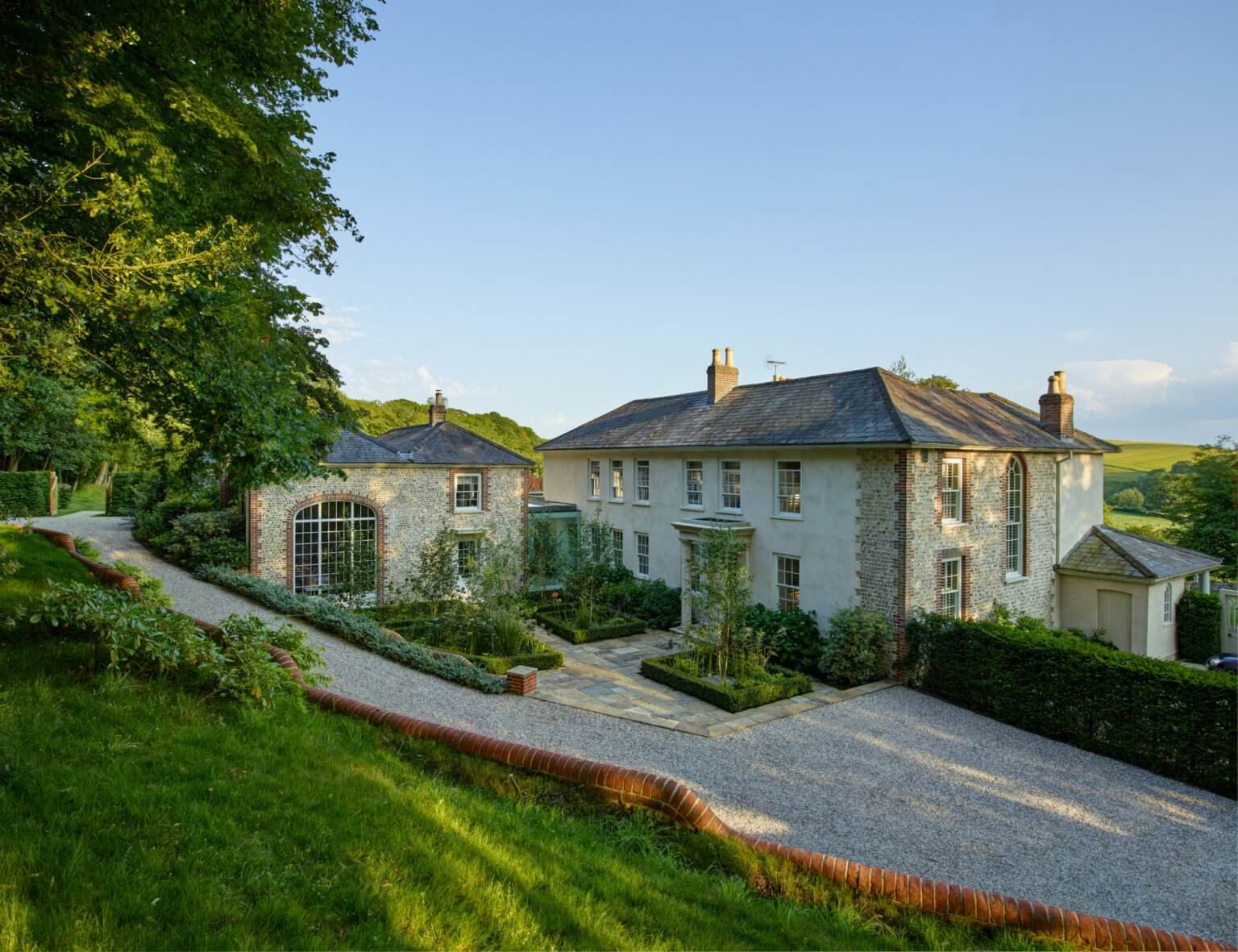The RedBook Guide: How to ‘green’ your property (Part II)
Why are we are focusing so much on sustainability and environmental impact? Simply because RedBook, like so many of our clients building new houses or refurbishing old ones, puts them high on its list of values. And in the wake of publishing this guide, we will soon be sharing exciting news about our ever-closer engagement with the cutting edge of green innovation.
1. Sustainable design, where to start?
Everything begins with the design of a new home so to create the most environmentally sensitive property, with all the possible benefits a house and its grounds can impart to the natural world around it, you need at the very outset to choose an architect with exactly the right sympathies and experience. This is one of the areas where RedBook is best placed to help: many of the architects we work with are leaders in this field. And as a general rule, architects are great innovators in this area, instinctively interested in responding to the demands of sustainability. It is their job, after all, to create homes fit for the future for us all.
So having chosen your architect to align with your ‘green’ vision and explained how important it is to achieve your goals, you will quickly find a list of options with potential environmental benefits being offered to you: everything from rainwater harvesting to swimming pools designed with natural filtration and heating, insulating roofs and walls with moth-proofed sheep’s fleece, permeable hard-standing in parking areas, glass that regulates ‘solar gain’ and limits the need for heating or cooling rooms—and beyond.
The good news is that there is an ever-expanding array of ways and means to ‘green’ a property, but the challenge for most clients then lies in identifying exactly which ones deliver the greatest benefits and are affordable within a fixed budget. Here, an architect will often work alongside a quantity surveyor (or ‘project accountant’) and other specialists such as a green-energy consultant to identify the most cost-effective answers.
…to create the most environmentally sensitive property, with all the possible benefits a house and its grounds can impart to the natural world around it, you need at the very outset to choose an architect with exactly the right sympathies and experience.

2. The payoff of green planning
Green solutions can come with a big price tag, especially if they are in any way innovative, pioneering or highly bespoke. Even so, more and more of our clients consider that paying some kind of premium to create a more sustainable home—and future-proof their properties in so doing—is well worth it. Some see this simply as their legacy, others are driven by more immediate concern for their children and children’s children.
And for those who are ready to invest in green solutions, there can be a huge payoff: planning authorities look closely at the potential benefits and impacts of a new build, or house-enlargement project when deciding whether to grant consent.
These potential benefits become a critical concern when permission to build a new house is sought under the special provision in planning law known as Paragraph 79 of the National Planning Policy Framework. This bureaucratic gem of a clause enables a local planning authority to give the green light to a house on a site where none previously existed if the design for the house is ‘outstanding or innovative’. And the keyword ‘innovative’ has been interpreted as meaning environmentally innovative. In one recent case, for example, a new house was approved under ‘Para 79’ because all the building materials came from the owner’s estate and at the same time the manufacturing of the materials was done on site, too.
Though that was a fairly extreme case, and not every proposed ‘Para 79’ house has to use such ‘left field’ green solutions, an essential part of the narrative argument that needs to be developed in support of this kind of planning application centres on the pros and cons for nature.In short, going green can make great financial sense and be the key to unlocking planning permission.
3. Can pre-fab be beautiful?
Of course, if environmental priorities were ranked above all others, we might all have to live in the simplest hut requiring only mud or wood immediately at hand to build. Until surprisingly recently in the history of British architecture, in fact until a century or so ago, even many of the finest houses were concocted mainly with local ingredients. Trees were felled for rafters and floorboards from nearby oak woods. Wattle from neighbouring willow coppices, together with horsehair, was used to strengthen plaster walls. Bricks and roof tiles were fired from clay frequently dug up within a 100-mile radius.
Today, in total contrast, almost every new home calls for a near-miraculous coming together of technical material science and international supply chains. This means energy is consumed in uncounted quantities in the making of raw materials such as concrete to say nothing of fixtures and fittings (all those beautifully designed taps or light fittings!) shipped from across the globe.
Driven by increasing popular concern about climate change—and the Government’s target for the UK to be carbon neutral by 2050—things are shifting again. The building industry is beginning to adjust.

One striking way in which new houses are being built to minimise their environmental impact is by the use of prefabricated parts. Forget those ugly post-War ‘pre-fab’ bungalows. Today, pre-fab can mean truly beautiful and can bring huge environmental benefits. To take just one example, pressed laminated wooden panels are being used in the construction of some of the finest new classical architect-designed country houses, which are better for the environment than alternatives and have the incidental advantage of shortening the time it takes to build.
When you commission an architect to design your new home you have the extraordinary opportunity, where budget allows, to influence or even lead the development of this exciting and vital new world of sustainable building.
For further information on incorporating sustainability into your home take a look at these useful resources:
– Green Spec
– Alliance for Sustainable Building Products
– Association for Environment Conscious Building
– Our last Green Guide
To find out more about how RedBook can help you ‘green’ your current or future property, please get in touch using the details below.

